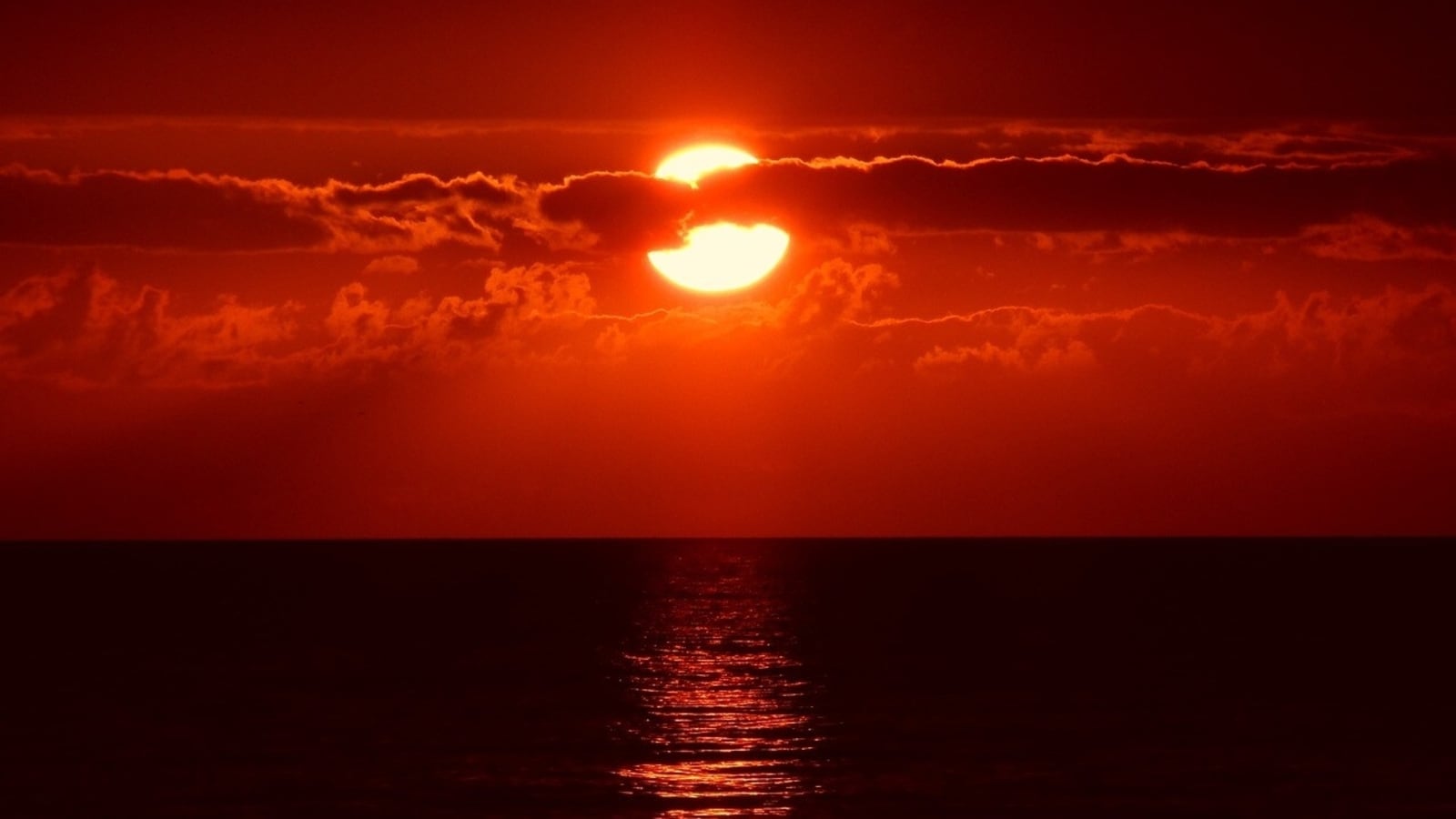Solar storm ALERT! Massive CME clouds, triggered by magnetic filaments on the Sun, can strike the Earth today
NOAA forecasters have revealed that the Earth can be hit by a CME cloud today, April 20. Know how dangerous this solar storm is likely to be.






 View all Images
View all ImagesIn the last two days, we have been discussing the potential danger of these magnetic filaments which have appeared on the Sun. For the unaware, a magnetic filament is a large stream of plasma and magnetic field structure extending outward from the Sun's surface, often in a loop. They release huge amounts of coronal mass ejections (CME) to cause solar storms on Earth. And one such storm is headed for our planet today, April 20. But that's not all. There is a likelihood that after this preliminary attack, another bigger solar storm hit is waiting for the Earth in the next few days.
The information comes from a report by SpaceWeather.com which stated, “NOAA forecasters say that minor G1-class geomagnetic storms are possible on April 20th when a CME is expected to deliver a glancing blow to Earth's magnetic field. The CME was hurled in our direction by the eruption of a solar magnetic filament on April 16th”.
Solar storm to hit the Earth today
The National Oceanic and Atmospheric Administration have revealed that the incoming geomagnetic storm today is expected to be a minor storm with only a G1-intensity. Such storms are usually associated with weak aurora displays and minor fluctuations in GPS and shortwave wireless communications. However, a bigger threat is waiting for us just beyond this storm.
Earlier this week, space weather physicist Tamitha Skov said in a tweet that a glancing blow from a CME would be followed up with a direct hit of a much denser CME cloud. While there is no prediction around its intensity, it is believed that it could be in the region of G2-class to G3-class geomagnetic storm.
Such storms can do more damage. They can damage small satellites, impact mobile networks, GPS, and even pose a threat to ground-based electronics and power grids by increasing the magnetic potential by huge amounts.
Know how NOAA monitors the Sun
While many space agencies from NASA with its Solar Dynamics Observatory (SDO) to National Oceanic and Atmospheric Administration (NOAA) keep track of Sun-based weather phenomena, one that particularly stands out is the DSCOVR satellite by NOAA. The satellite became operational in 2016 and tracks different measurements of the Sun and its atmosphere including temperature, speed, density, degree of orientation and frequency of the solar particles. The recovered data is then run through the Space Weather Prediction Center and the final analysis is prepared.
Catch all the Latest Tech News, Mobile News, Laptop News, Gaming news, Wearables News , How To News, also keep up with us on Whatsapp channel,Twitter, Facebook, Google News, and Instagram. For our latest videos, subscribe to our YouTube channel.





























